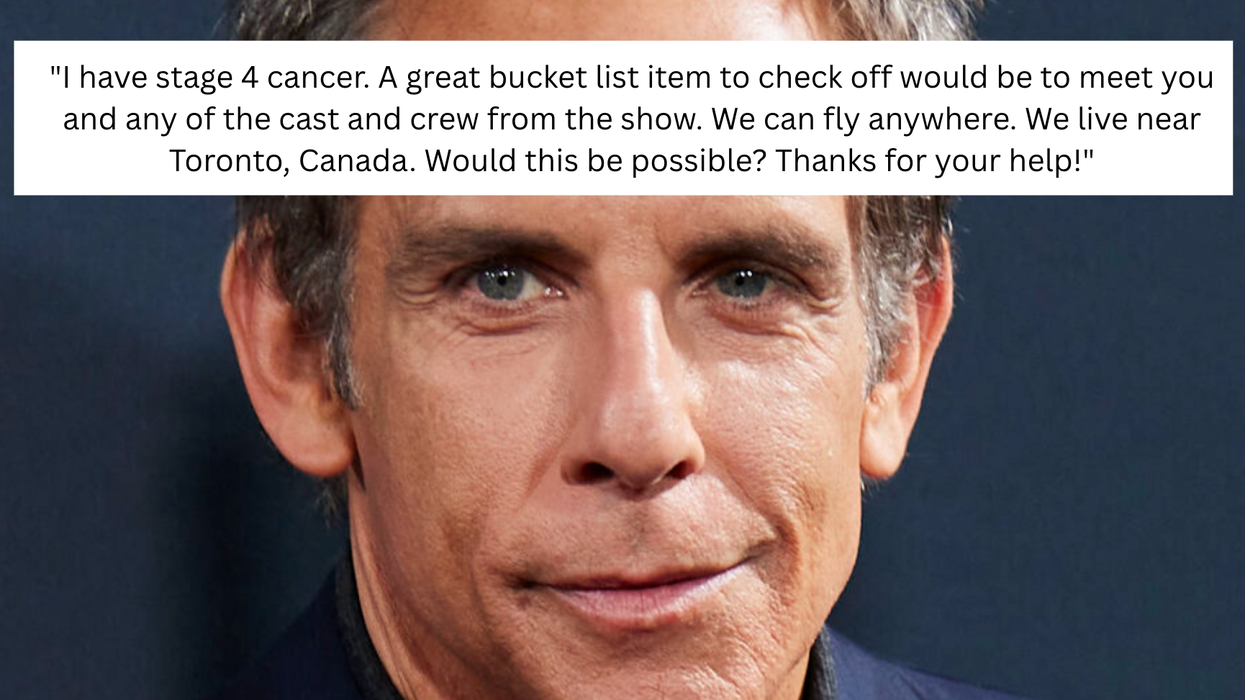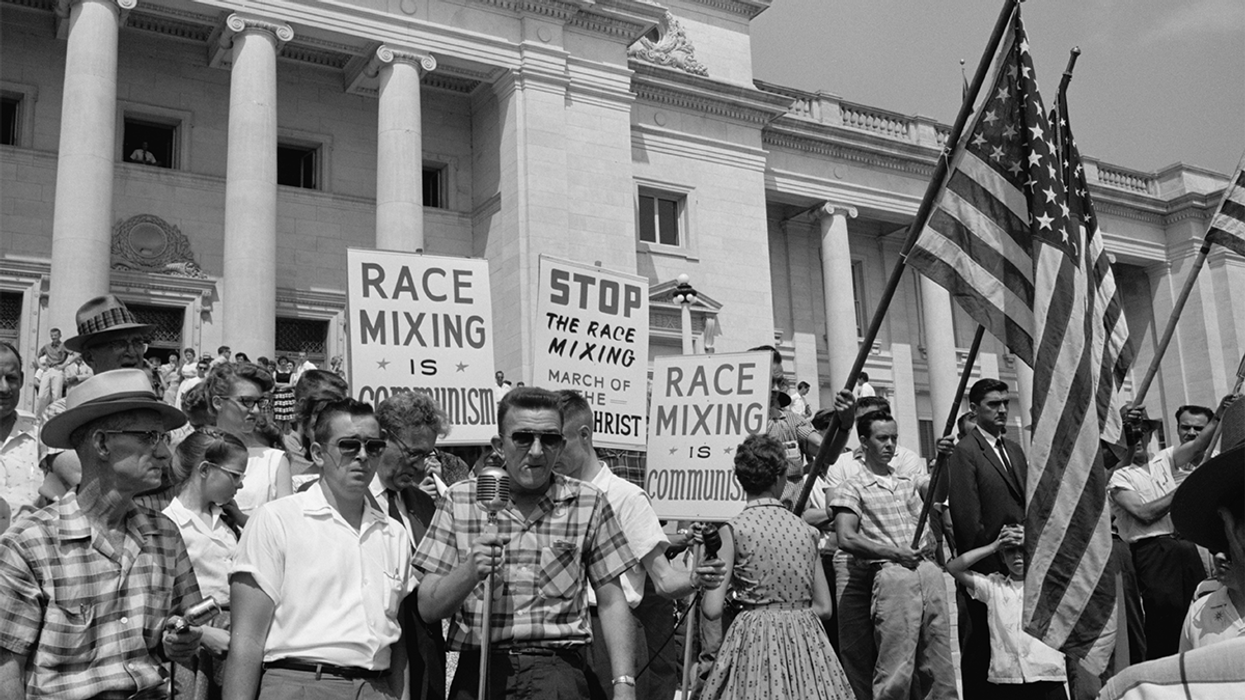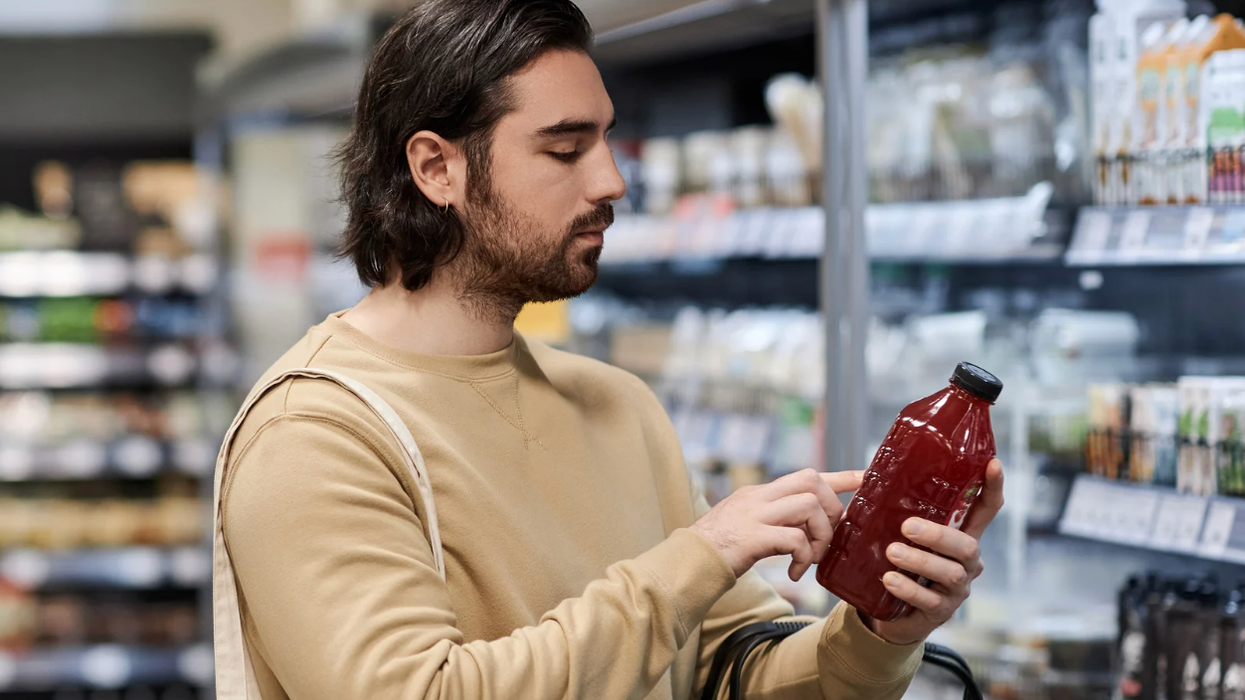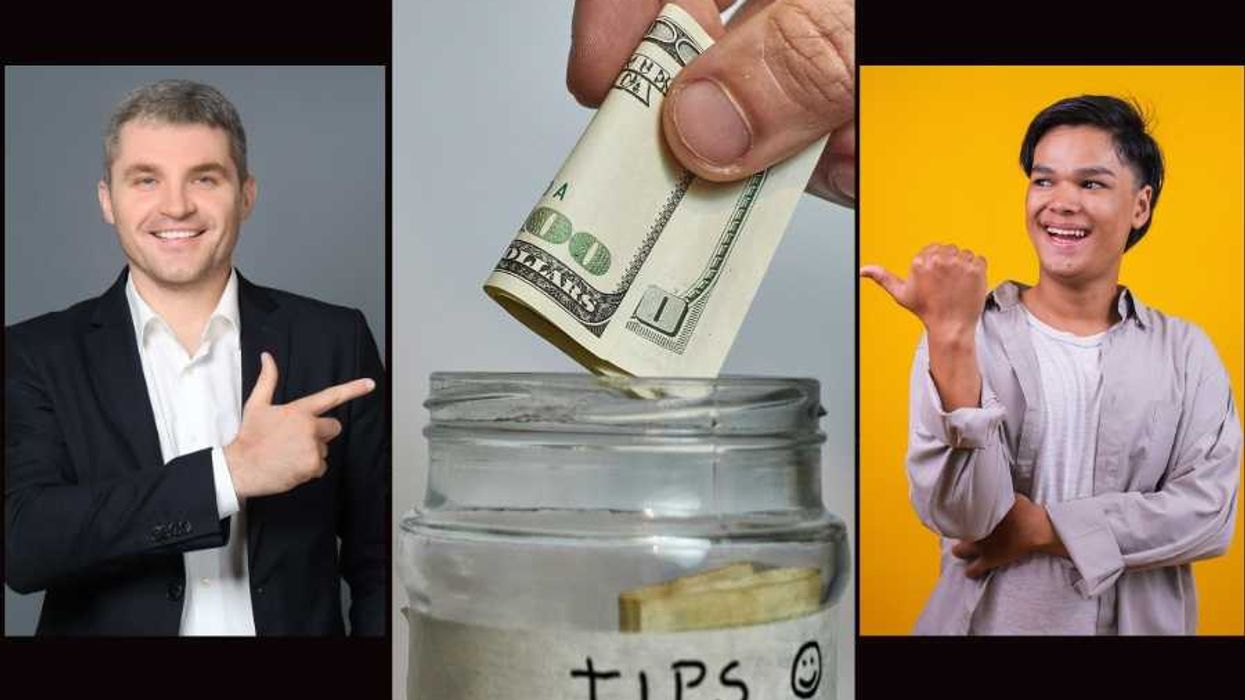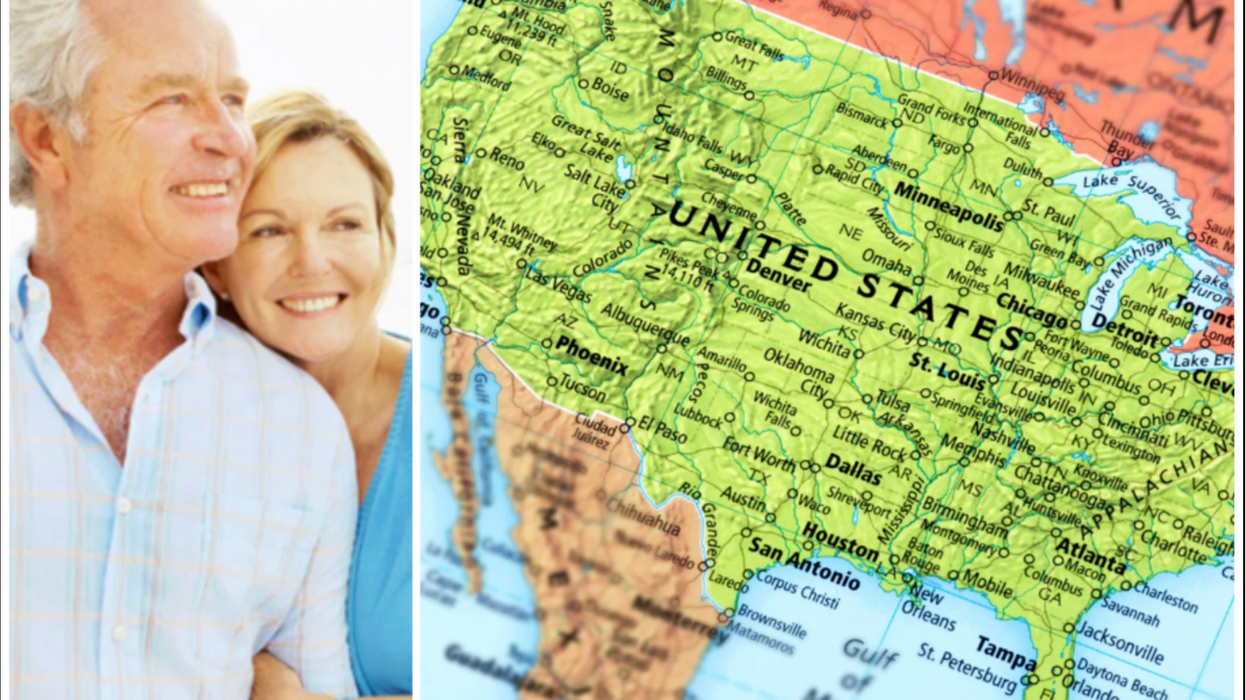In the current economy, people are looking for ways to make and save money more than ever, given the poorer economic outlook. One way folks have been trying to make extra money, or even a full living, is through rideshare services like Uber. However, after one man shared his take-home pay once Uber took its cut, the result has both passengers and drivers seething.
An English Uber driver shared a breakdown of his seven-day earnings summary. He worked 13 hours, with Uber taking out 1.5% of his pay for rider promotions, 4.5% in third-party fees, and a whopping 26.1% going directly to Uber itself. In the end, the driver took home only 67.9% of his earnings. That means that out of the 13 total hours he drove, he was effectively paid for just under nine hours of work. How is this the case?
@private.hire.mike Uber’s new pricing system is quietly cutting driver pay while fares go up. We’re working harder, earning less, and no one’s talking about it. Here’s the truth every driver needs to know. 🚗💸 👇 Drop your experience in the comments – let’s make our voices heard. Follow @PrivateHireMike for real updates, not fluff. 👊 #UberDriverUK #PrivateHireDriver #GigEconomy #UberLondon #UberTruth #DriverPay #DynamicPricing #UberScam #PHVDriver #UKUberDrivers #RideShareUK #UberExec #LondonDriver #DriverStruggles #MakeUberFair #UberTips #UberLifeUK #GigWorker #RealTalkWithMike #PrivateHireMike
In 2023, Uber introduced an algorithm to determine fares and pricing, dubbed “dynamic pricing,” as an alternative to the old “surge pricing” model, which increased fares during periods or areas of high rideshare demand. The new system uses a different supply-and-demand formula to calculate the cost of a ride. There was a presumption that while rides would cost more, a greater portion of the fare would go directly toward the driver’s earnings.
In 2025, a study from the University of Oxford found that Uber’s “dynamic pricing” not only raised the cost of rides for passengers but also took a significantly larger cut of the driver’s overall pay. Research by academics at Columbia University found that the algorithm harmed both American Uber drivers and their passengers..
@dollfacemcgee Haa anybody heard of Uber’s “dynamic pricing”? First it was surge pricing & NOW you’re just showing us cheap prices to charge us expensive prices once the ride is complete?
According to study author Len Sherman, Uber’s dynamic or "upfront" pricing model has allowed the rideshare company to “raise rider fares and cut driver pay on billions of rideshare trips, systematically, selectively, and opaquely.”
@drivermatty Does this confirm that Uber pays different prices for the same work?? How is that fair?? @Uber this doesn't seem right. #uber #uberdriver #ubereats #ubereatsdriver #uberlandia #uberx #manchester #liverpool
This is just one of several issues that has led Uber drivers to take the company to court. After all, many frequent Uber passengers assume that higher fares mean drivers earn more, not less—especially when those same drivers take a financial hit for rider discounts or promotions they aren’t responsible for offering.
There’s also the reminder that Uber drivers are still considered independent contractors, meaning that fuel costs, repairs, and other vehicle maintenance are their responsibility and must be paid out of pocket in order to work. However, some areas have driver pay rates or compensation structures that are fixed or adjusted to comply with state or city laws, but those changes appear to be handled on a case-by-case, city-by-city basis.
If you want to see improvements in both prices and driver take-home pay, rideshare drivers and frequent riders should contact their app’s customer service and reach out to local elected officials to push for fairer fares in their area. After all, drivers and riders should benefit more than the company that isn’t even in the vehicle.







